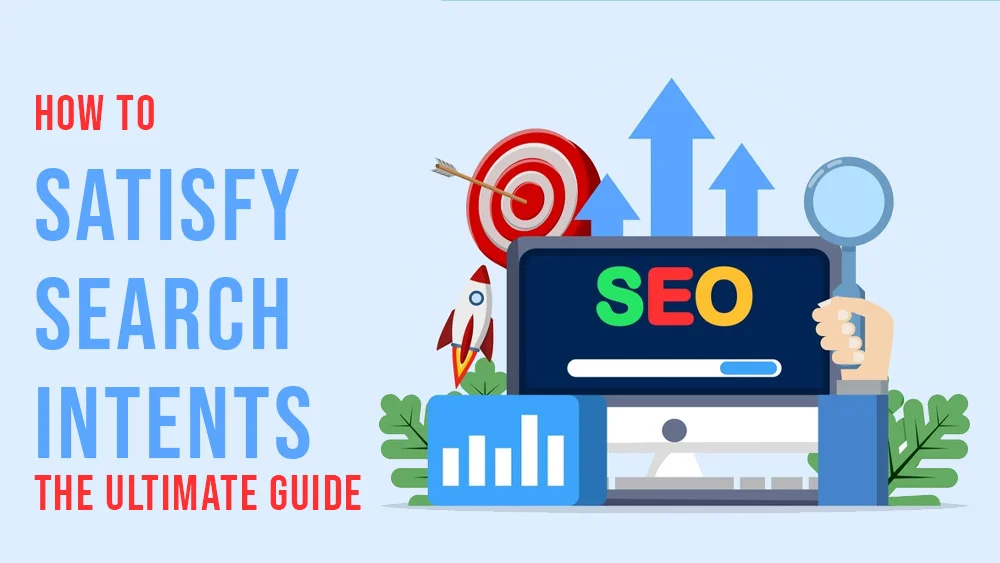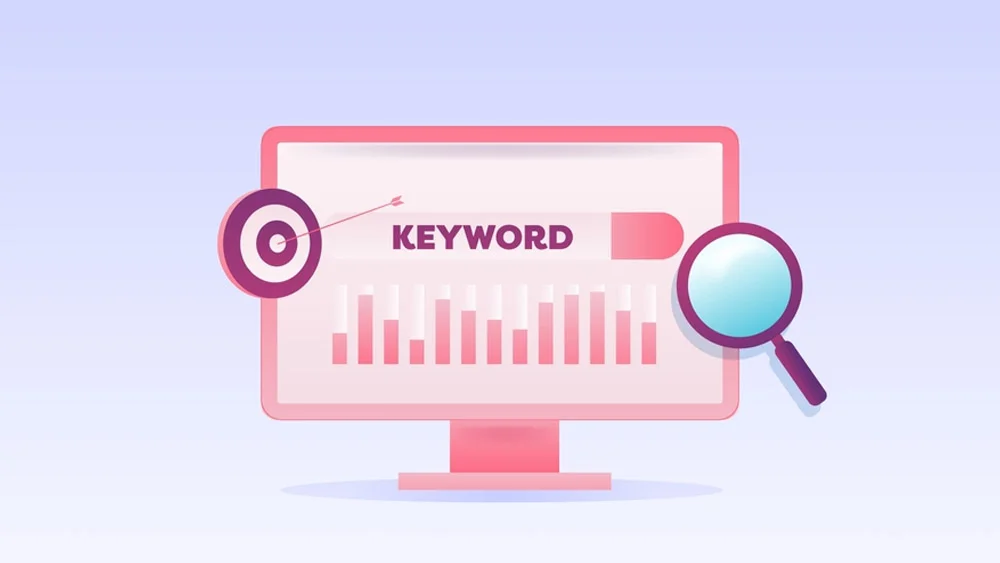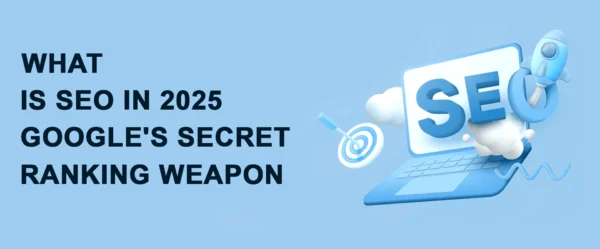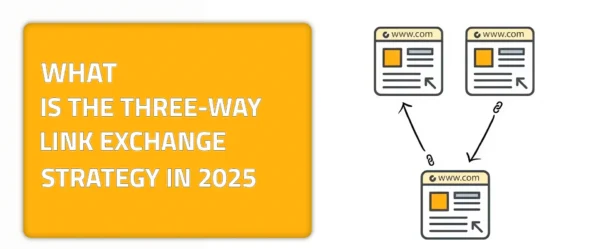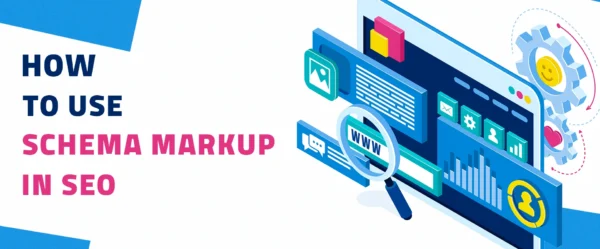Ever got on the web and started browsing it and typing in a question? This is something that we all do and sometimes on a daily basis. Want to know how to cook chicken quesadillas but don’t know the recipe? Ask Google. Want to know what the origin of the word Upir is and why Hemlock Grove chose to call their vampires Upirs? Again, ask Google. It doesn’t matter what your question is. However, finding that magical answer on Google for your searches is what I am mainly talking about here. Yes, quesadillas and vampires are all fun and games, but let’s get back to that later. Finding the answer you’re looking for is the true magic of satisfying search intents. What does that mean? Knowing how to satisfy search intents and use the power of doing so in creating relevant content that resonates with your target audience is what I’ll be highlighting for you today.
Understanding your audience’s search intent and satisfying it with your content is what can help you create a seamless and excellent SEO strategy for your website. So how is it that you do so? Dive deep in this guide to learn and understand all you need to understand about how to create content that is made to satisfy search intents. We’ll explore how understanding and catering to these different intents can skyrocket your rankings, improve user satisfaction, and, most importantly, drive real results.
Understanding Different Types of Search Intent: What Are They?
When I bring up the word search intent, I mean that we should all put on our white lab or doctor coats (they’re alike if you ask me) and take a dive into the psychology behind why someone performs a search in the first place. To start it all correctly, let’s list the four major types of search intent:
- Informational Search Intent
- Navigational Search Intent
- Transactional Search Intent
- Commercial Investigation Search Intent
Understanding each one can help you pour down the knowledge into an effective SEO-optimized content strategy. Let’s dive into each one of them to understand how and when to use them. Informational intent is what it sounds like exactly. Your users are simply searching and browsing for information. Whether it is “How to make a loaf cake?” or simply “What is the meaning of a no-code app?” We all know that people solely want answers to their questions. So, let’s say that you’re walking down the right path if your content is educational enough that it satisfy their search intent.
More Types to Dive Into: The Perfection of Details in Understanding User Intents
Onwards with our next search intent, which is the “navigational intent.” The navigational intent is one when users are searching for a specific website or web page. For example, when someone types “Gmail login” for easier search results, this is called navigational intent. This intent is meant for people who know what they want. They’re not looking for an article to read or educate themselves about something; they just want to login to their email immediately. If you’re wondering whether or not you’re targeting navigational intent, ask yourself the following question: Is my website easily findable when users are trying to navigate directly to me?
Next on our list is the transactional intent. This is when users are ready to take a certain action, like purchasing something. Let me walk you through a hypothetical example for better understanding. You know when you’re into a specific product and want Google or any other search engine to lead to the exact pages that will allow you to purchase that product? This is what we call transactional intent. It is when you type something like “Buy adidas’s new Gazelles,” for example. This intent is what guarantees that users are only one click away from taking their “buying action.” Ask yourself: Is my site optimized to convert these ready-to-buy visitors?
The final intent on our list is the commercial investigation intent. This type falls somewhere between informational and transactional Just like Måneskin falls somewhere between classic rock and modern indie pop. Users with this intent are kind of researching their options. Like, for example, “best iPhone to buy in 2024.” They might not be buying it immediately; however, they are measuring their choices and understanding their options. To make sure that you’re targeting this intent as well, you can ask yourself whether or not you are providing the comparisons or reviews they need to make their decision. Elevating your SEO efforts through understanding these search intents will help you rank and create a successful content strategy for your website.
The Importance of Search Intents For SEO
Why does search intent matter so much for SEO? Simply put, search engines like Google are designed to give users exactly what they’re looking for. If your content aligns with the intent behind a search query, your chances of ranking higher increase greatly. When someone searches “best smartphone 2024,” they’re probably researching options—not just looking to buy immediately. If you offer a helpful comparison or in-depth review, you’re catering directly to that intent. But what makes this whole intent thing a ranking booster?
Google rewards content that satisfies the user’s intent. That is, because it enhances the overall search experience. When visitors find what they need quickly and easily, they’re more likely to stay on your site, engage with your content, and maybe even convert. This leads to better metrics like longer time on page, higher click-through rates, and, crucially, lower bounce rates. A high bounce rate often signals that your content isn’t matching user intent This may prompt or alert Google that your page may need to be demoted in SERPs. This is something that you would never want.
How to Identify Search Intent for Targeted Keywords
Identifying search intent for targeted keywords is crucial for creating content that resonates with users and meets their needs. To do this effectively, you need to go beyond basic keyword research. I know that sentences like these are always met by a sigh that you’ll have to put in some hard work, but shouldn’t we all when we need something to succeed? It’s actually quite simple; all you should do is focus on the context behind the search. Here’s how you can pinpoint search intent:
- Analyze Keyword Modifiers: Certain words provide clues about intent. For example, terms like “best,” “review,” or “top” often signal commercial intent, while “how to” or “guide” suggest informational searches. Keep an eye on these to align your content with what your users are looking for.
- Use SERP Features: The search engine results page (SERP) is a good place that is full of easter eggs that you can use to understand intent. Check if results display quick answers, product listings, or videos. This will help you indicate the kind of content users expect for those keywords. See? You’re welcome.
- Leverage SEO Tools: Tools like Ahrefs, SEMrush, or Google’s Keyword Planner can help analyze search behavior and trends, providing insights into what users are searching for and why.
How to Create Content That Can Satisfy Search Intent?
Learning how to satisfy search intents through content is you walking a huge milestone for effective SEO. But what does that really mean? First, it’s about writing for the user, not just the search engine. Search algorithms are smart, but users are the ones you need to impress. If your content answers their questions clearly and makes them engage and navigate your website easily, you are on the right track for both users and search engines. Engaging content that is well optimized is a key element that will ensure your audience or website visitors actually return to you once again.
I know that some websites are very specific with what they provide for their audience. However, if this is the case for you, consider structuring your content to match different intent types. For informational intent, you’ll want to offer detailed explanations, step-by-step guides, or answers to FAQs. For transactional intent, focus on product comparisons, reviews, or calls to action that lead to a purchase. Is the structure intuitive enough to guide users to exactly what they need? Finally, ensure you’re offering comprehensive answers or solutions. Partial answers won’t cut it. The more thoroughly you address the searcher’s query, the more likely they’ll stay on your page. Even search engines care for such a step and they may even reward you for it. Think of your content as the ultimate solution to the user’s problem. If its satisfactory, you’re good.
Final Thoughts!
Now that you know the essence and the importance of search intent, knowing how to create content that satisfy search intent is something that I wanted to highlight deeply in this guide. I hope I did and I hope you enjoyed the various types of search intents. My tips provided in this guide are of the essence when you’re crafting an efficient SEO strategy that will boost your rankings and gain you some newcomers who will come to stay.
If SEO is on the list of things that you wish to understand efficiently, check out our platform, linkexchange.ai. This platform will help you understand all there is to know about SEO. Additionally, we provide you with various services that will give you the power of exposure and interconnectivity with various reputable domains. Take your website to another level of success with our platform and understand the essence of SEO with linkexchange.ai.


